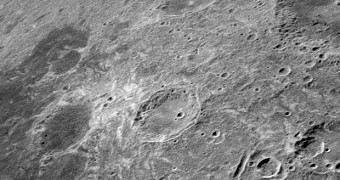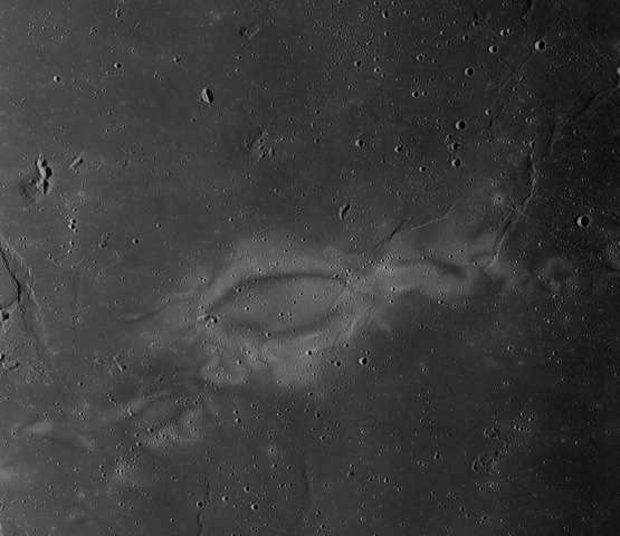The Moon has been our companion for eons now. Even so, the fact remains that we don't know all that much about it. For starters, how it was exactly that it came into being remains a mystery.
The general view is that this orb formed some 4.5 billion years back from debris produced by a collision involving Earth and another celestial body about the size of Mars. Still, this is just a hypothesis.
Further, the Moon sports some seriously bizarre geological formations that science is yet to make head or tail of. Among these peculiar features are swirls of bright soil visible on the lunar surface.
Of these streaks of bright soil, some are positively colossal. True, the majority lie on the far side of the Moon and are, therefore, hidden from view. Some, however, are fairly close to us and not very difficult to study.
For instance, the Reiner Gamma swirl, which happens to be one of the most famous of the bunch and which sits in the southwestern region of the orb's near side, can easily be observed with a telescope.
It's been said that these swirls, some of which are shown in the images accompanying this article, are the result of fluctuations and anomalies in the magnetic field of the lunar crust. However, this might not be the case.
In a paper recently published in the journal Icarus, a publication devoted to studies concerning the Solar System, Brown University researchers propose a new explanation for the Moon's bright swirls.
It was probably comets that created the swirls, the scientists say
The Brown University team of specialists says that, having carried out a series of computer simulations, they found that, rather than be the result of magnetic field anomalies, chances are the bright swirls visible on the Moon are actually the work of comets crashing into the orb.
In their report in the journal Icarus, the researchers further detail that, according to the computer simulations that they ran, these odd geological features were created by comets that collided with Moon over the past 100 million years.
“There has been an intense debate about what causes these features. We think this makes a pretty strong case that the swirls represent remnants of cometary collisions,” explains Peter Schultz, a planetary geoscientist at Brown University and study co-author.
Admittedly, the swirls do not appear to correlate with impact craters or other topographical features that might indicate comet hits. Still, scientist Peter Schultz and fellow researchers claim that the shape and other hallmarks of the swirls are consistent with such events.
Specifically, they theorize that the swirls formed when the coma, i.e. gaseous atmosphere, of impacting comets scoured away loose soil on the lunar surface, exposing brighter layers resting just beneath. As they put it, “That scouring may produce the bright swirls.”
Interestingly, the Brown University team says that something similar happened during the Apollo program, when gas produced by the engines of modules landing on the Moon scoured the Moon's upper layer and formed smooth and bright patches.

 14 DAY TRIAL //
14 DAY TRIAL // 

